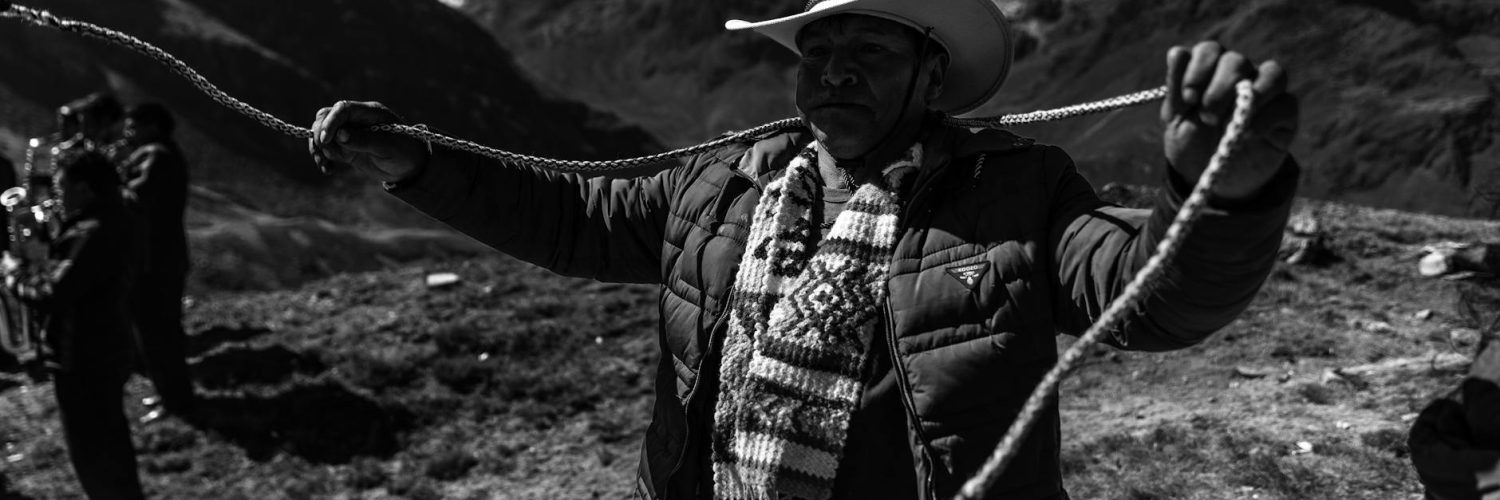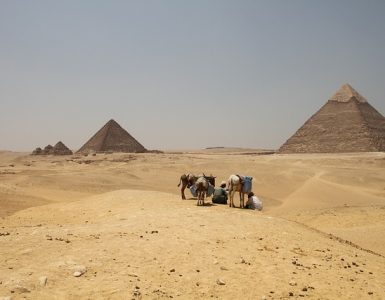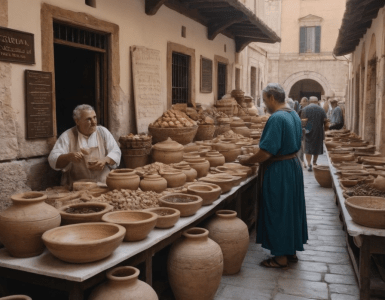Ever wondered why we celebrate Halloween with pumpkins, or why we eat turkey on Thanksgiving? The answers aren’t always straightforward, and often involve a fascinating tangle of historical events, cultural shifts, and plain old luck. It’s like peeling back the layers of a really delicious, and slightly bizarre, historical onion.
From Roman Saturnalia to Trick-or-Treating: A Spooky Story
Let’s start with Halloween. Many associate it solely with jack-o’-lanterns and spooky costumes, but its origins are surprisingly ancient. The festival’s roots trace back to the Celtic festival of Samhain, a harvest celebration marking the end of summer and the beginning of the dark, cold winter. Celts believed that the boundary between the living and the dead blurred on this night, leading to rituals involving bonfires and costumes to ward off spirits.
Fast forward to the Middle Ages, and you find All Saints’ Day (All Hallows’ Eve, or Halloween, being the night before), a Christian holiday. The influence of Christianity blended with existing Celtic traditions. The practice of “souling,” where poor people would go door-to-door receiving food in exchange for prayers for the dead, is a direct ancestor of modern trick-or-treating. Think about that next time you’re handing out candy corn!
And then there’s the pumpkin. Originally, turnips and other root vegetables were carved into lanterns. The shift to pumpkins happened primarily in North America, thanks to the readily available, larger pumpkins grown by settlers. So, a simple change in readily available produce shaped a major element of the holiday.
Turkey Day: A Colonial Mashup
Thanksgiving is another holiday with a surprising backstory. While the romanticized image of a harmonious harvest feast with Pilgrims and Native Americans is part of the narrative, the reality is far more complex and nuanced. The actual historical events involved varied accounts, power dynamics, and far less mutual celebration than what’s often depicted.
The turkey itself wasn’t even a guaranteed part of the first celebrations. Wildfowl and other game were more likely on the menu. The turkey’s prominence is a later development, evolving through the 19th century as it became a symbol of American identity and abundance. Sarah Josepha Hale, a prolific writer and editor, is largely credited with championing its adoption as the quintessential Thanksgiving dish, through her powerful advocacy and tireless campaigning for its adoption as the holiday’s centerpiece.
A Curious Case of Potatoes and a Global Empire
Potatoes. A humble spud that has fueled revolutions and shaped empires. The potato’s journey to global domination is a tale of unexpected consequences. Originally from the Andes, potatoes were introduced to Europe in the 16th century—initially met with suspicion. However, they eventually became a dietary staple for the common people. Their high caloric value and relatively easy cultivation played a major role in Europe’s population growth.
However, this dependence on a single crop also had significant downsides. The Great Irish Famine of the 1840s, caused by potato blight, is a stark reminder of the dangers of monoculture and the devastating impact it can have on a population. This catastrophic event spurred mass emigration, forever changing the demographic landscape of Ireland and beyond. The potato’s story demonstrates how even seemingly benign developments can have far-reaching and unforeseen repercussions.
Spices, Silk, and the Rise and Fall of Empires
For centuries, spices held immense power. The spice trade fueled exploration, colonialism, and wars. Cinnamon, cloves, nutmeg — these weren’t just culinary additions; they were commodities that could make or break empires. The quest for these prized ingredients drove European exploration, leading to encounters with new cultures, the establishment of global trade routes (like the infamous Silk Road), and horrific consequences for indigenous populations.
Consider cloves, grown primarily in the Spice Islands (modern-day Indonesia). Control over these islands meant control over a lucrative trade and immense power. The Dutch East India Company held a notorious monopoly over the spice trade for a long time, implementing brutal policies to maintain their dominance. This showcases how the seemingly simple pursuit of flavor had profound impacts on global politics and economics.
The Unexpected Legacy of a Plague
The Black Death, a devastating pandemic that ravaged Europe in the 14th century, had a far more enduring impact than just a staggering death toll. The massive loss of life created labor shortages, radically shifting social structures. The peasantry, which previously had little bargaining power, suddenly found themselves in a more advantageous position, leading to social and economic upheavals. This unintended consequence shaped the development of feudalism and paved the way for social and economic changes that rippled through centuries.
A Surprisingly Sweet Story: Sugar’s Bitter Truth
Sugar’s journey from a rare luxury to a global commodity is another example of a seemingly simple product having a profound impact on history. Its cultivation in the Caribbean and other tropical regions fueled the transatlantic slave trade, creating a brutal system of exploitation that shaped the economies and societies of both the Americas and Europe. The insatiable demand for sugar powered a global system of inequality and violence whose effects continue to resonate in our world.
These are just a few small glimpses into the complex interplay between history and culture. The seemingly mundane aspects of our daily lives – the food we eat, the holidays we celebrate – are often entangled in surprising and sometimes unsettling historical narratives. Taking the time to dig beneath the surface reveals the unexpected connections and influences that have shaped our world. They remind us that seemingly simple things often hold a rich, and sometimes bizarre, story just waiting to be uncovered. History's Hilarious Happenstances: How Weird Events Shaped Our World

























Añadir un comentario